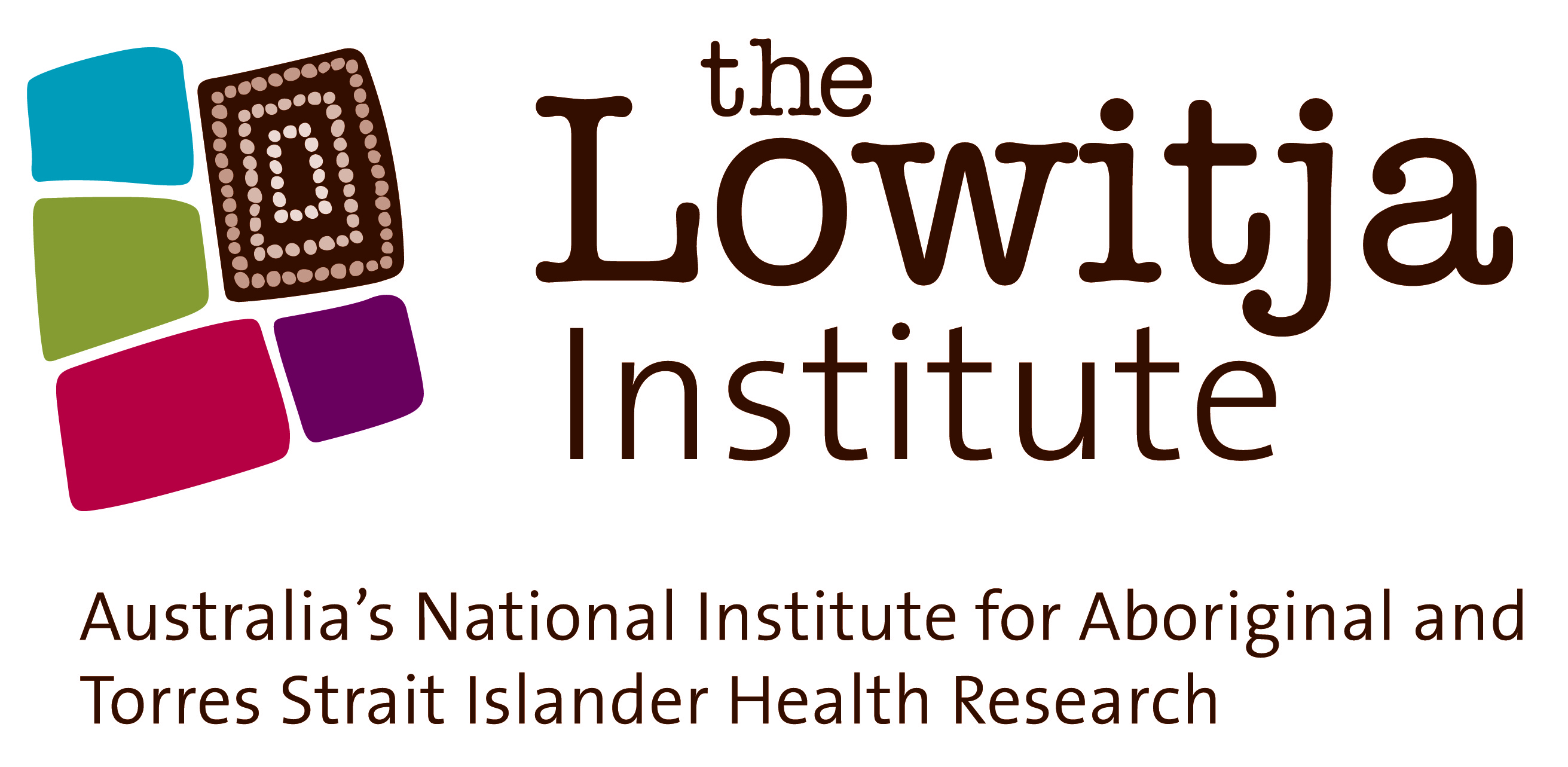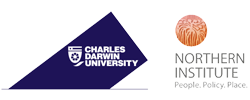Many family members teaching and testing all the time...
Yolŋu family members teach and test children during everyday interactions. Teaching and testing are not separate but are intertwined. Yolŋu include children in family activities which are also rich, supported learning experiences. Extended family members encourage children to participate, talk to children about knowledge and show them things.
At the same time, family observe children closely to recognise their skills: how they figured things out, their strengths and interests, and the areas where they need more support and teaching.
We’re testing them all the time. All the kids. We say the words we want them to say. We do the actions we want them to do. So it’s like teaching and testing at the same time.(Yalŋarra Guyula,Yolŋu Researcher)
Some people describe this as ‘learning from the child’:
And then we were talking to her, like usually we’d poke our tongues out or making funny faces, so the child can communicate with us and laugh, that’s the first sign we see from the children, how they respond to us by smiling, then we know that they are learning something from us... picking up sounds, the brain's growing, starting to open, their understanding, on how they respond to what we were telling them, through that they understand. That’s what I learned from her...I learned from my granddaughter Ŋarritjan, how she was getting the understanding... (Yolŋu grandmother)
Children make choices about which knowledge they ‘catch’ and when. The child shows family members what they know, and the family then support them to keep learning.
We ... just teach, teach, teach when they are little. Supporting. Supporting for kinship, for language development, for everything ... We just give everything – like, throw everything to that child... and that child will figure it out... In their own order, they have to choose which steps they will catch. I will see. (Yalŋarra Guyula,Yolŋu Researcher)
Family celebrate when a child demonstrates their learning. The things that children learn are intricately connected – while children are learning one word or concept, adults are also teaching deep connections and the spirit within the words. (See gurruṯu weaving through every part of life). The example below shows a common scene - many family members of all ages interacting with the child - teaching and testing all the time.
When children are little, assessment of their learning is specific and repetitive
Family members ask babies and young children questions to check their understanding – for example, questions to test little children’s understanding of gurruṯu (kinship). They watch how the baby responds - sometimes the baby will look at the person, sometimes they will point, and as they grow they will start talking to respond. Sometimes adults might repeat something that has happened recently to see if the child recognises it and responds appropriately (e.g. sing a song and watch to see if the child can remember the right dance). The family will “notice how the child is thinking”.
Testing routines are common in many interactions from soon after birth. Family members continue to use these routines until they assess that the child's understanding of concepts, particularly kinship connections, is strong. When children demonstrate their knowledge and skills Yolŋu celebrate their learning with cuddles and verbal reinforcement through repetition and exclamations of encouragement.
As children get older, family members test their learning through observing their skills and knowledge in real life
Young children participate in every-day activities alongside older children and adults. Family assess children’s skills and competence – for example, knowledge and techniques used for hunting and gathering food, dancing at ceremonies, story telling. The children show their understanding through their action – adults watch the way children participate and respond to things.
Yolŋu adults watch children and observe them carefully during their normal activities – some Yolŋu researchers described this as the adults testing the children in their heads. Family members notice the children’s strengths and their weaknesses. Sometimes they discuss them with others in the familiy.
Children’s strengths are recognised and celebrated. Weaknesses are also recognised and children are encouraged to keep participating, keep trying and keep learning with adult guidance.
We don’t have markers to tick, what levels to tick. We just observe. It’s like, our checklist in our head, you know? And we check in our memories. ... We don’t give the time or date when to observe. We observe them when they are little, right up. (Yolŋu Researcher)



